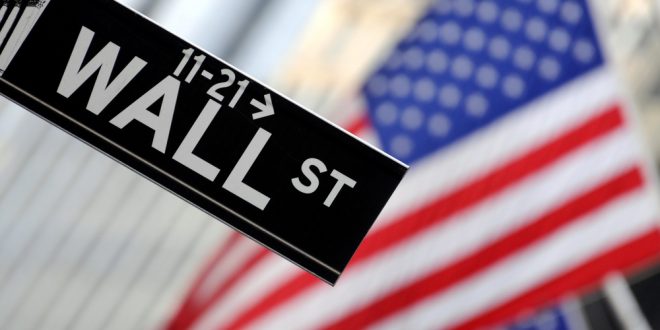The U.S. stock market is transitioning to a shorter settlement cycle on Tuesday, a move regulators hope will reduce risk and enhance efficiency in the world’s largest financial market. However, this shift is expected to temporarily increase transaction failures for investors as they adapt to the accelerated timeline.
Under the new rule, known as T+1, investors in U.S. equities, corporate and municipal bonds, and other securities must settle their transactions one business day after the trade, instead of the previous two-day period. This change aligns the U.S. with countries like Canada, Mexico, and Argentina, who have already adopted T+1.
The decision to expedite settlement stems from the 2021 GameStop trading frenzy, which exposed vulnerabilities in the market’s risk management and capital efficiency. The Securities and Exchange Commission (SEC) believes that shortening the settlement cycle will enhance market resilience and reduce counterparty risk.
However, the transition comes with its own set of challenges. Firms now have less time to secure funds for stock purchases, recall loaned shares, or rectify transaction errors, potentially leading to an increase in settlement failures and associated costs.
Despite these concerns, market participants have been working diligently to ensure a smooth transition. A virtual command center with over 1,000 participants has been established to facilitate communication and coordination during this critical period.
While an initial rise in trade failures is anticipated, the industry is optimistic that settlement rates will quickly return to normal. A similar uptick was observed in 2017 when the U.S. moved from a T+3 to a T+2 settlement cycle.
Trade bodies argue that the shift to T+1 will ultimately mitigate systemic risk by reducing counterparty exposure, improving liquidity, and lowering margin and collateral requirements. However, some stakeholders worry that the change may transfer risks to other areas of the capital markets, such as trade-related foreign exchange and securities lending.
Foreign investors, who hold a significant amount of U.S. assets, will need to adapt to the faster settlement cycle. They previously had an additional day to obtain the necessary dollars for trading, but now must secure funding more quickly.
Market participants may need to rely on overnight funding markets to address liquidity gaps caused by the differing settlement timings of various assets, which could lead to higher costs due to elevated short-term financing rates.
Despite the potential challenges, the industry is largely confident in its preparedness for the transition. Extensive testing and collaboration among market participants have been underway for months. Experts believe that the long-term benefits of reduced risk and improved efficiency will outweigh the initial hurdles.
As the U.S. stock market embraces this faster settlement cycle, the focus now shifts to monitoring the initial impact on settlement rates and ensuring a smooth transition for all market participants.
 Noor Trends News, Technical Analysis, Educational Tools and Recommendations
Noor Trends News, Technical Analysis, Educational Tools and Recommendations





